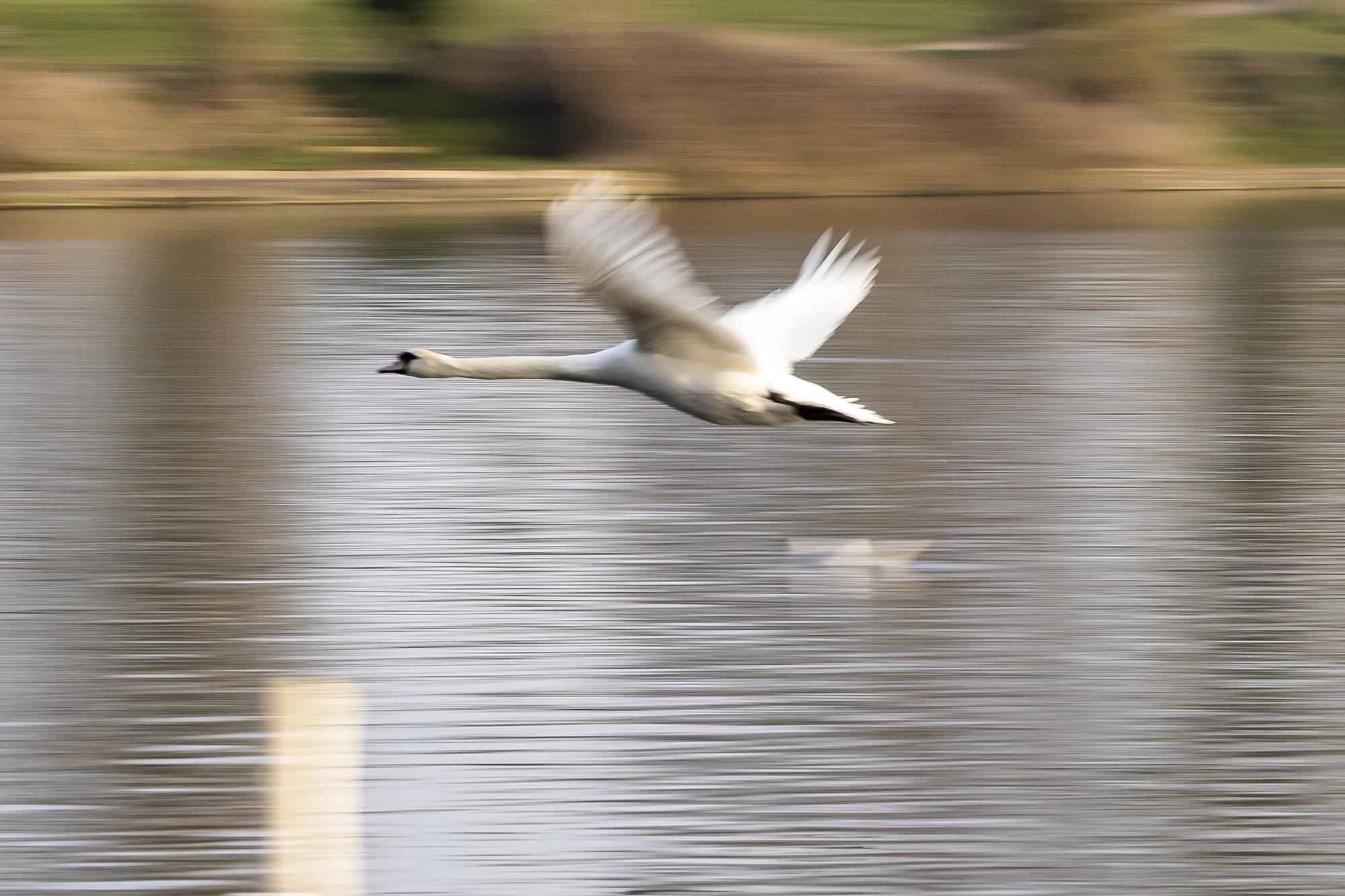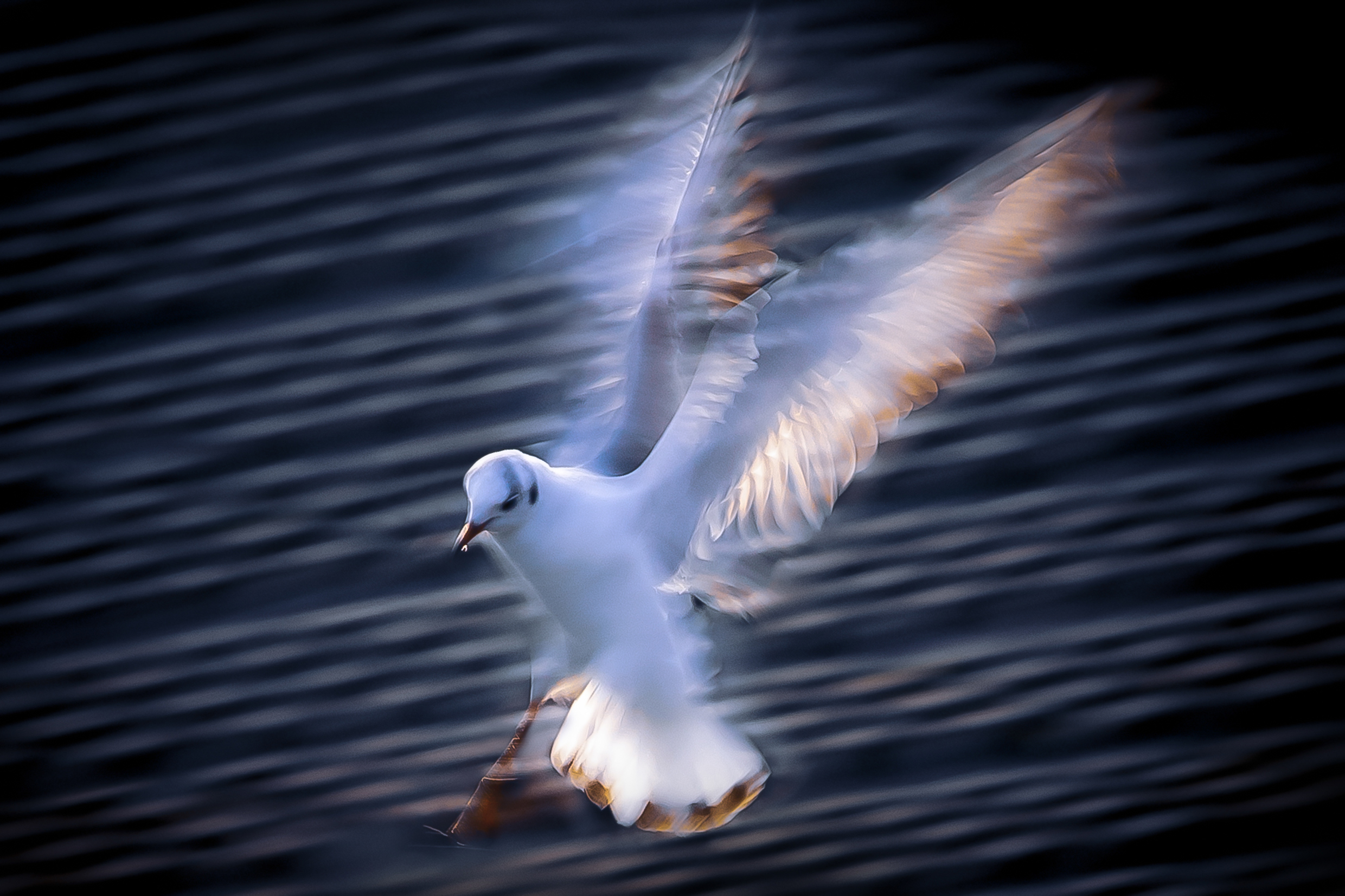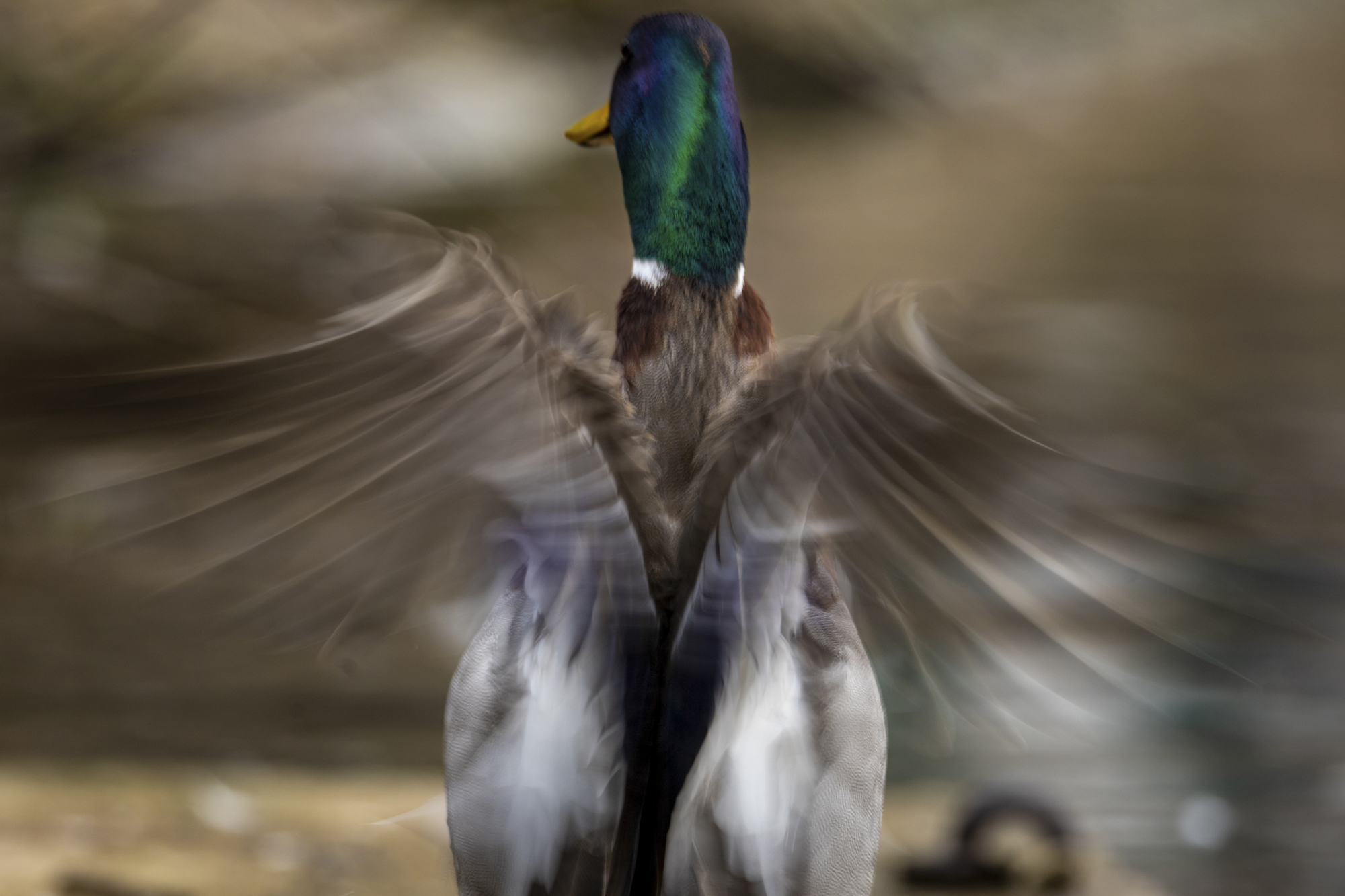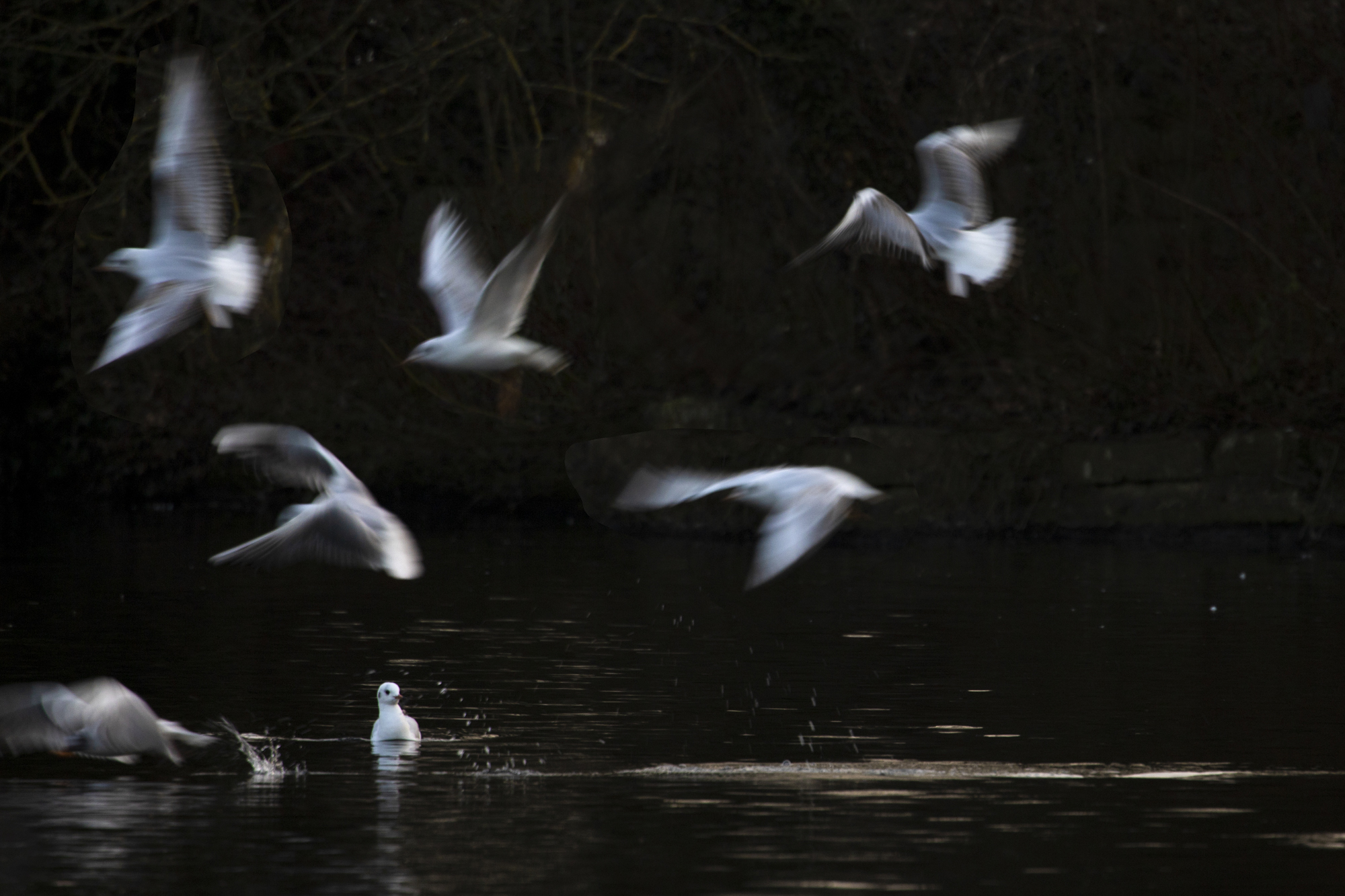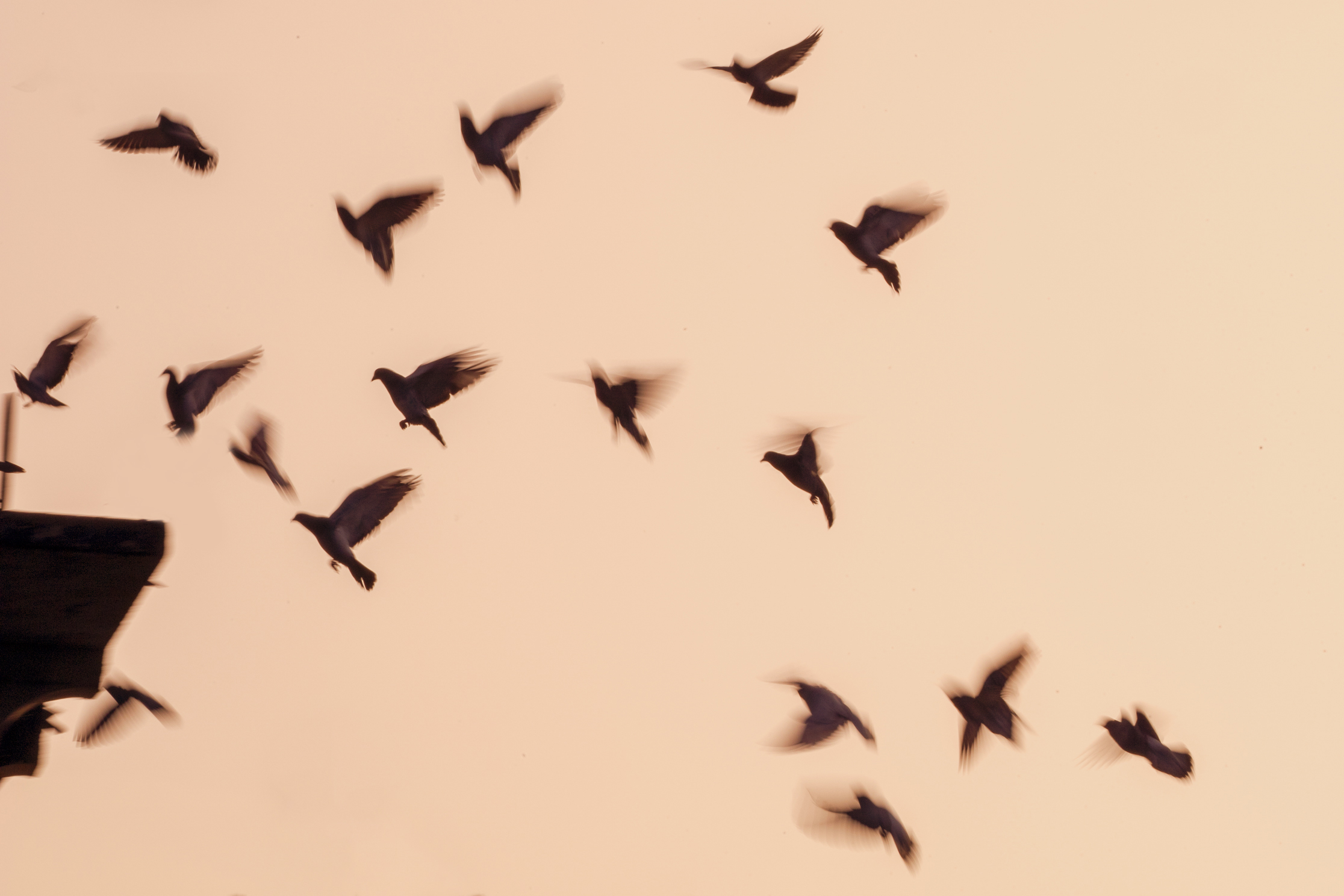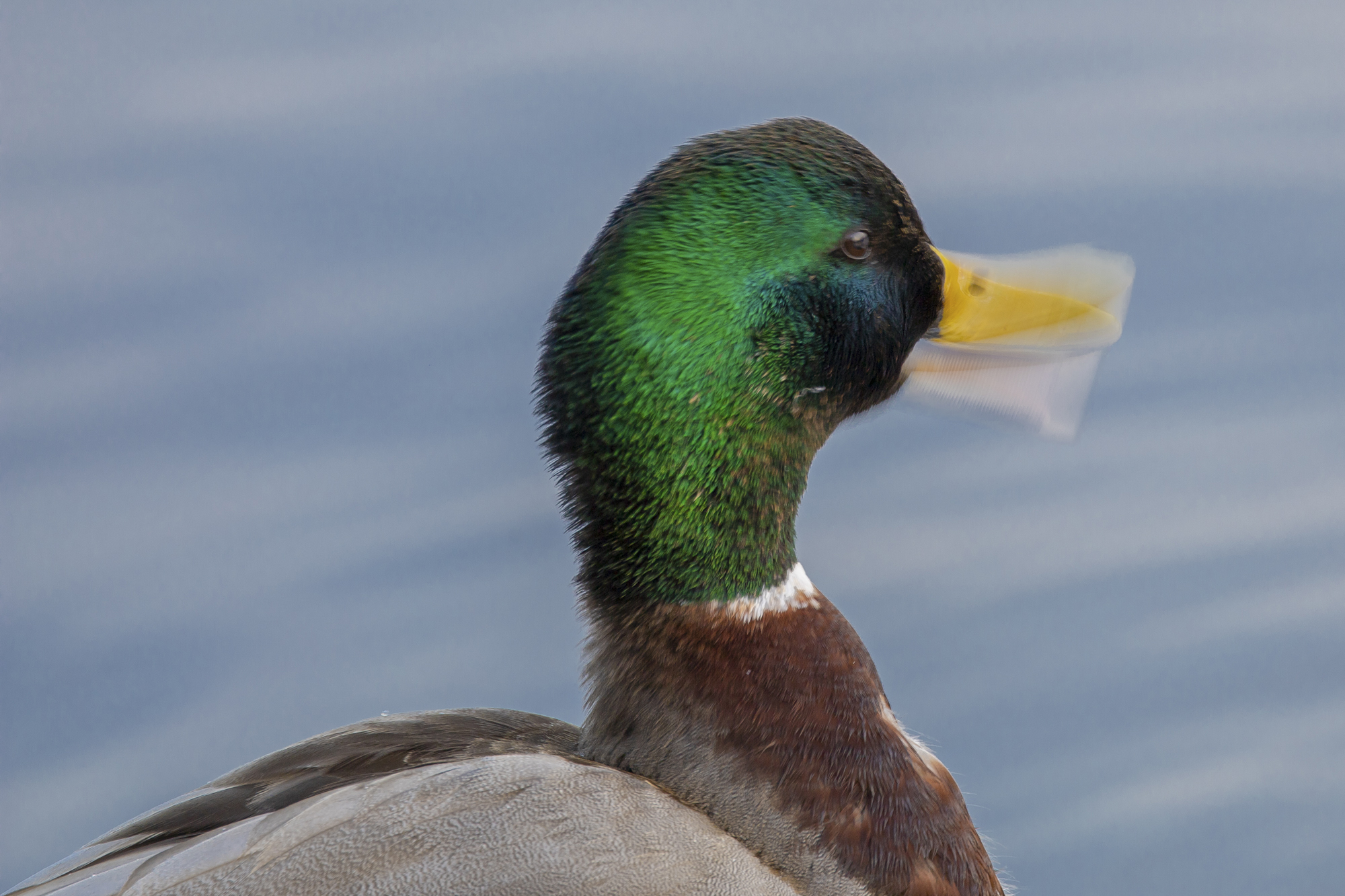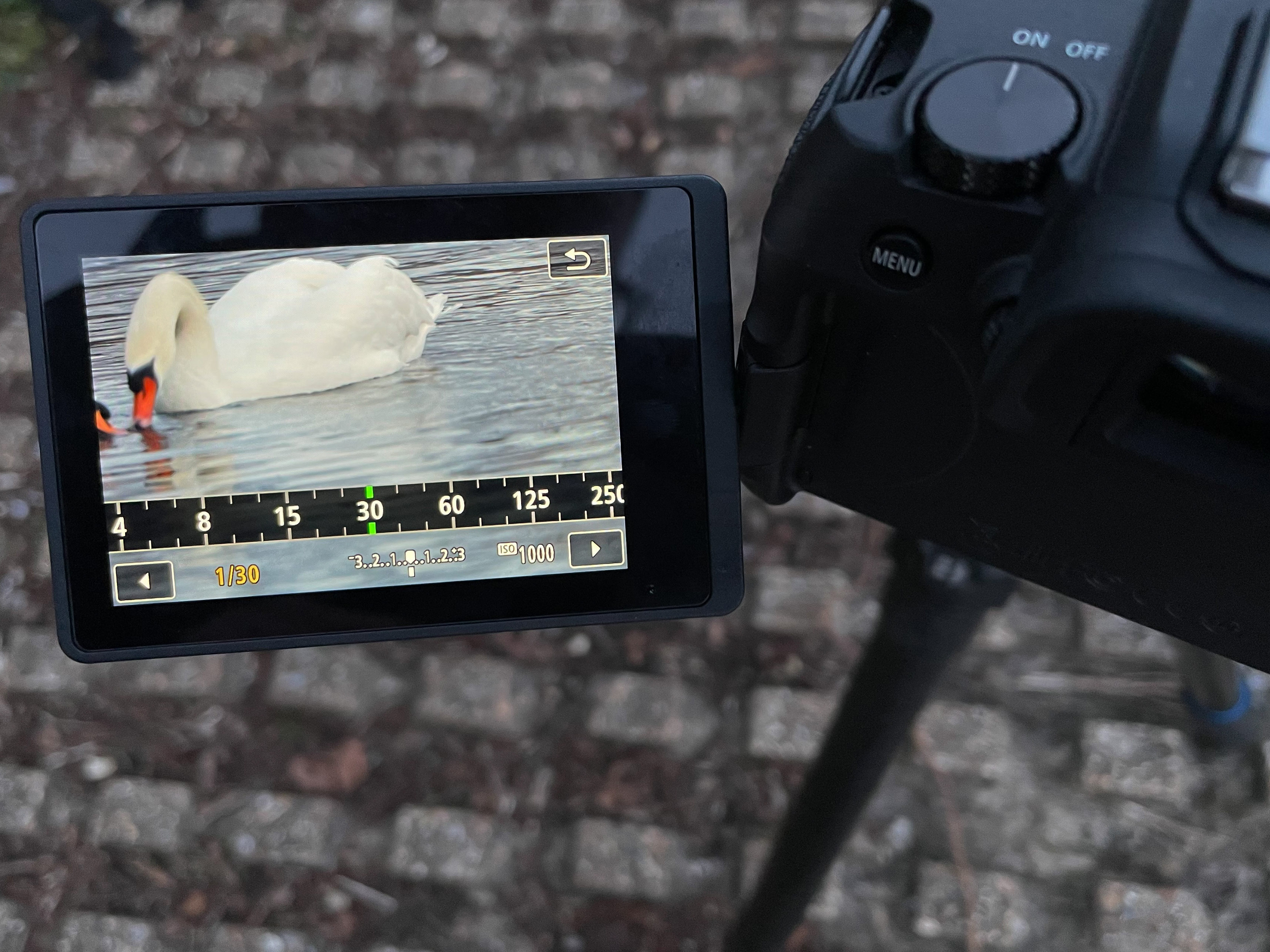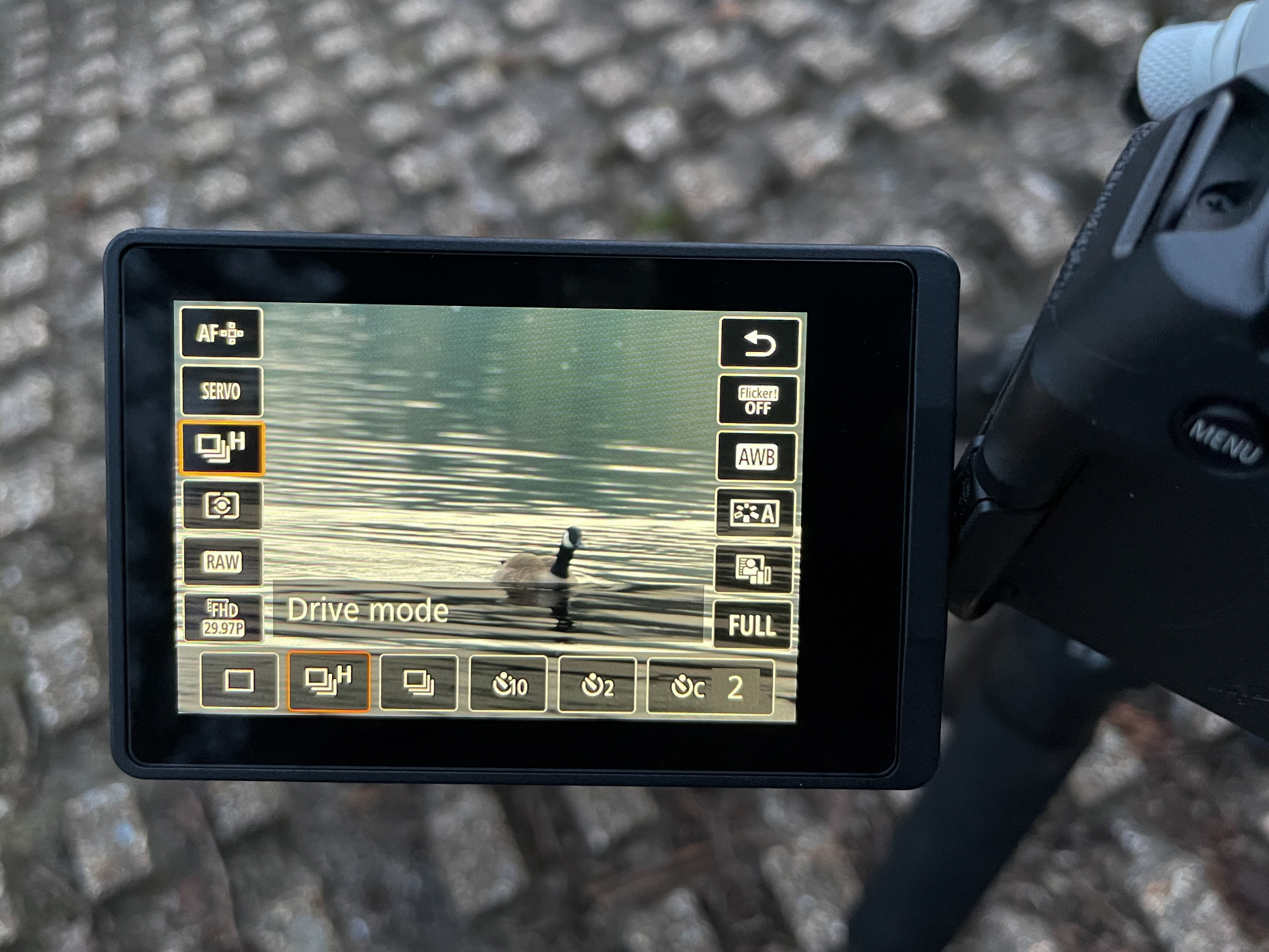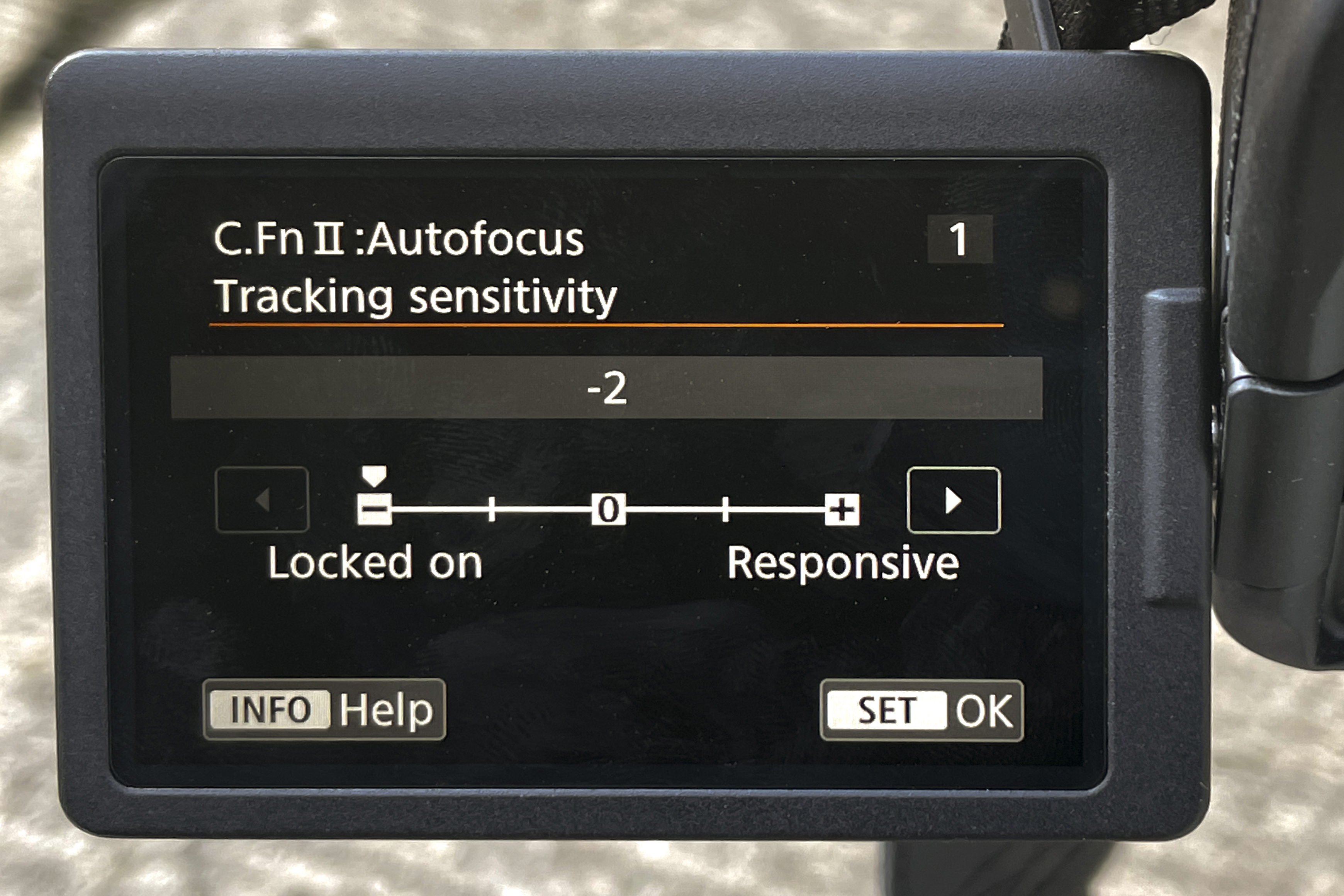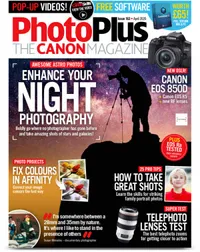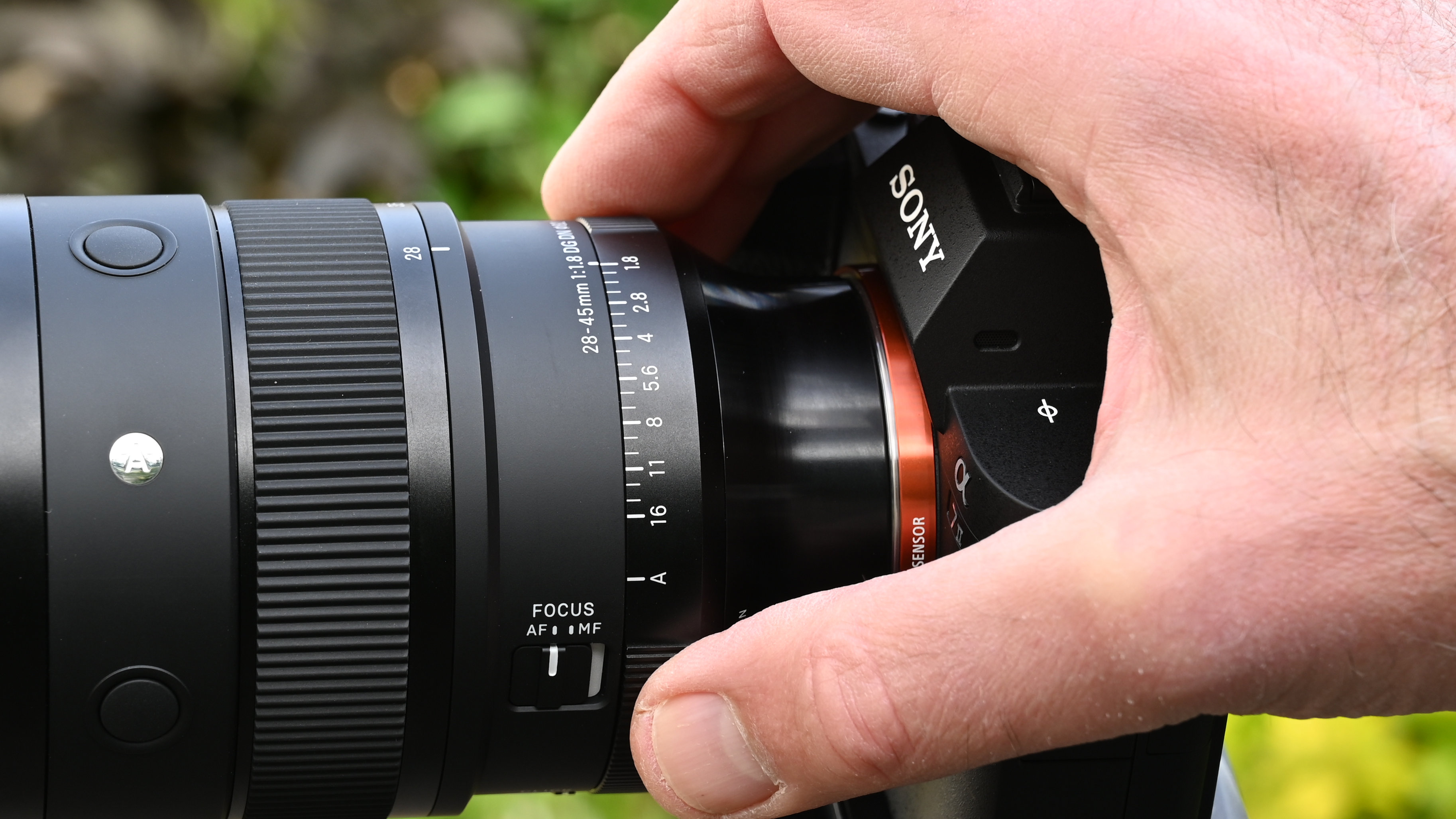Use a slow shutter speed to inject movement into your wildlife photographs
Convey the motion of wildlife and birds in flight with a slow shutter speed and beautiful blur in your photographs
Watch video: Convey the motion of wildlife with beautiful blurs
In wildlife photography the desire is usually to capture animals that are pin-sharp, but what if we try a different approach and aim for something more abstract instead? The trick is to lower your shutter speed just enough to blur the movement of the animals, while still retaining areas of relative sharpness and legible shapes. The results can be stunning. Sure things won’t be tack-sharp, but in its place you get a wonderful sense of speed and motion.
• Read more: Best lenses for bird photography and wildlife
You could try this technique out on any wildlife, but it’s especially suited to bird photography. Birds are almost always on the move, especially those that love water. This poses a challenge in terms of focusing, framing and lens reach, but it’s worth it when you capture a moment that conveys the beauty of birds in motion.
There are several approaches – we can keep the camera still and blur the bird’s movement, or we can pan with the moving birds and blur the backdrop. Or, and this is the most satisfying, we can aim to blur some parts of the animal, like the wings or heads while keeping other areas sharp. It takes time to get a great shot, and you might fill up an entire memory card for just a handful of keepers, but if you manage to capture a cracker then it’s well worth the effort.
01 Get down low
A low camera angle can be great here, as it enables you to get down to eye level with the birds on the water. This makes it easier to isolate them from the background, as the low angle allows you to push the background further away, making it easier to blur out.
02 Shoot in low sunlight
Shooting in low sunlight like this adds to the atmosphere by creating pockets of light and shade. Low directional light will also help to bring out the colors in the feathers when lit from the front, or filters through the wings when shining from behind.
The best camera deals, reviews, product advice, and unmissable photography news, direct to your inbox!
03 watch for washing
Look out for birds that are dipping and washing, as they often rise up out of the water and flap their wings afterwards. This can be a great moment to drop the shutter speed to 1/20 sec, then fire a burst of shots, so that the wings are transformed into blur.
04 Check your backdrops
The right backdrop can add splashes of color or help make subjects stand out. If you’re shooting in late afternoon parts of the scene will be in deep shade. Find an angle to include the deep shadows and your subject will stand out more, especially if it’s a white bird.
05 Capture flock movements
Birds come together in large numbers, which can lead to top blurred flocks. If you’re lucky there might come a moment when one bird is hovering or turning, so it moves slower than the others. This can give you a mix of sharpness and blur that gives a sense of motion.
06 Quacking shots
Try shooting subtle motion blur, like the movements of a bird washing or shaking its tail feathers. Observe the birds and you’ll see activity all around. Keep the camera still, drop the shutter speed to 1/30 sec and fire a few frames to capture the movements as blur.
07 Shutter speed control
Typically our shutter speed needs to be around 1/20 to 1/80 sec. The right setting will depend on the speed of the subject, and you’ll need to adapt as you go. If it’s a bird in flight, use a faster speed, if it’s stationary on the water while flapping it’s wings then you can drop the speed.
08 Shoot in Raw
A perfect exposure can be hard to achieve when the subject is moving around and backdrops are changing. Setting your camera to shoot in Raw gives you a safety net, as Raws hold more tonal info in the highlights and shadows, so you will be more able to rescue exposure mishaps.
09 Use high-speed drive mode
There’s an element of luck here in that the motion blur and the movement of the birds are tricky to predict. Set your camera to high speed drive (Continuous High), so you can fire off a burst of frames once the action happens. This’ll increase your chances of capturing that perfect shot.
10 Autofocus tracking
When you attempt to focus on erratically moving birds in flight you realize how important it is to tailor your AF settings to the subject. The right tracking and sensitivity settings will give you the best possible chance of locking on to fast-moving birds. First, you should set your AF mode to continuous tracking, which Canon calls AI Servo or Servo AF.
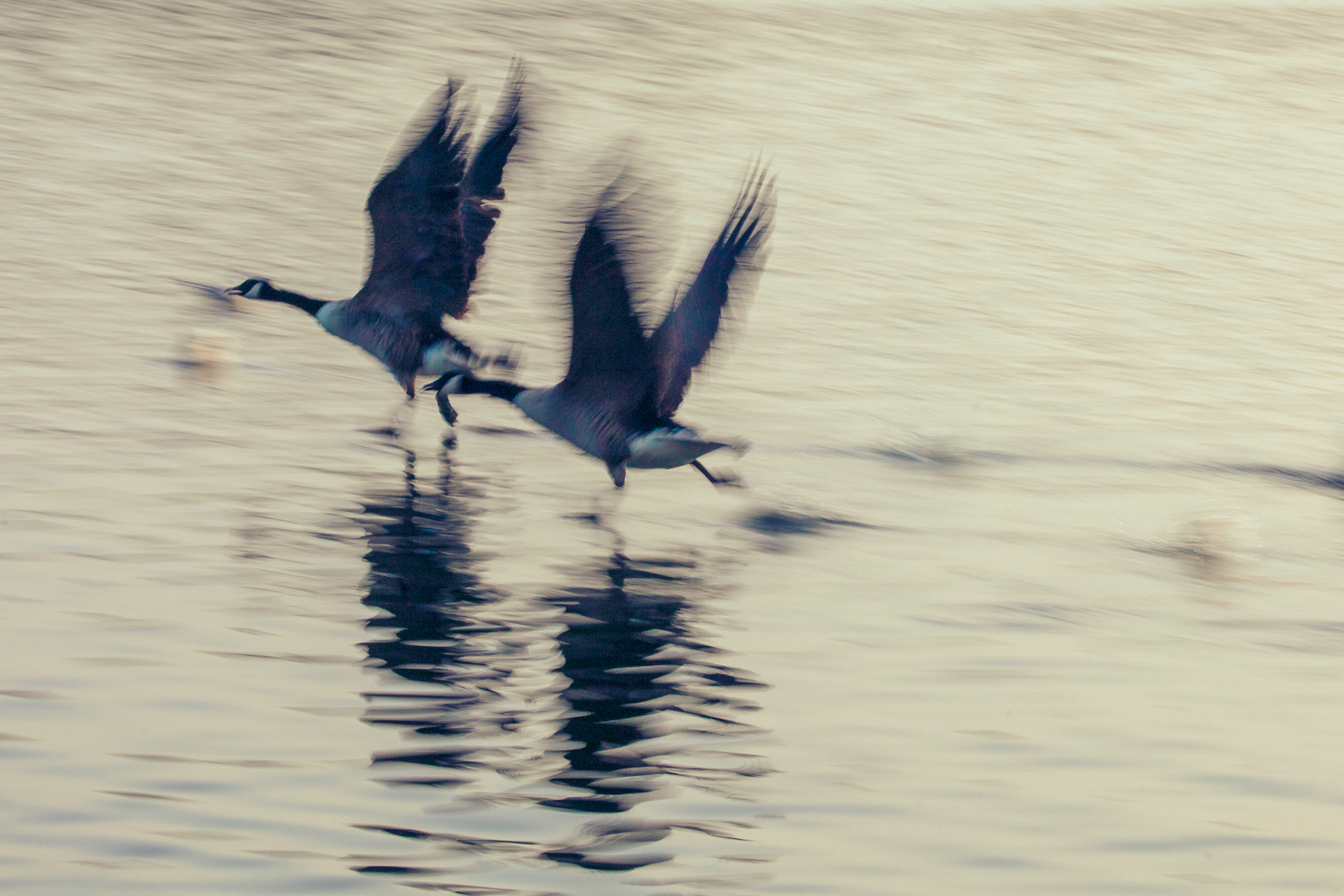
This means the camera will continually engage the AF to adapt to a subject that is moving closer or further from the camera. In Servo you can change the sensitivity of your tracking. A low – or delayed – sensitivity will make the autofocus less likely to snap on to another object like a tree, or other animal, if it comes between you and your subject. You can also tailor your tracking to account for more erratic subject movement in your focus tracking menu.
PhotoPlus: The Canon Magazine is the world's only monthly newsstand title that's 100% devoted to Canon, so you can be sure the magazine is completely relevant to your system.
Read more:
Best cameras for wildlife photography
The best photo editing software: image editors for novices through to pros
The best photo-editing laptops: top laptops for photographers
10 best online photography courses – from beginner guides to masterclasses
The lead technique writer on Digital Camera Magazine, PhotoPlus: The Canon Magazine and N-Photo: The Nikon Magazine, James is a fantastic general practice photographer with an enviable array of skills across every genre of photography.
Whether it's flash photography techniques like stroboscopic portraits, astrophotography projects like photographing the Northern Lights, or turning sound into art by making paint dance on a set of speakers, James' tutorials and projects are as creative as they are enjoyable.
He's also a wizard at the dark arts of Photoshop, Lightroom and Affinity Photo, and is capable of some genuine black magic in the digital darkroom, making him one of the leading authorities on photo editing software and techniques.
